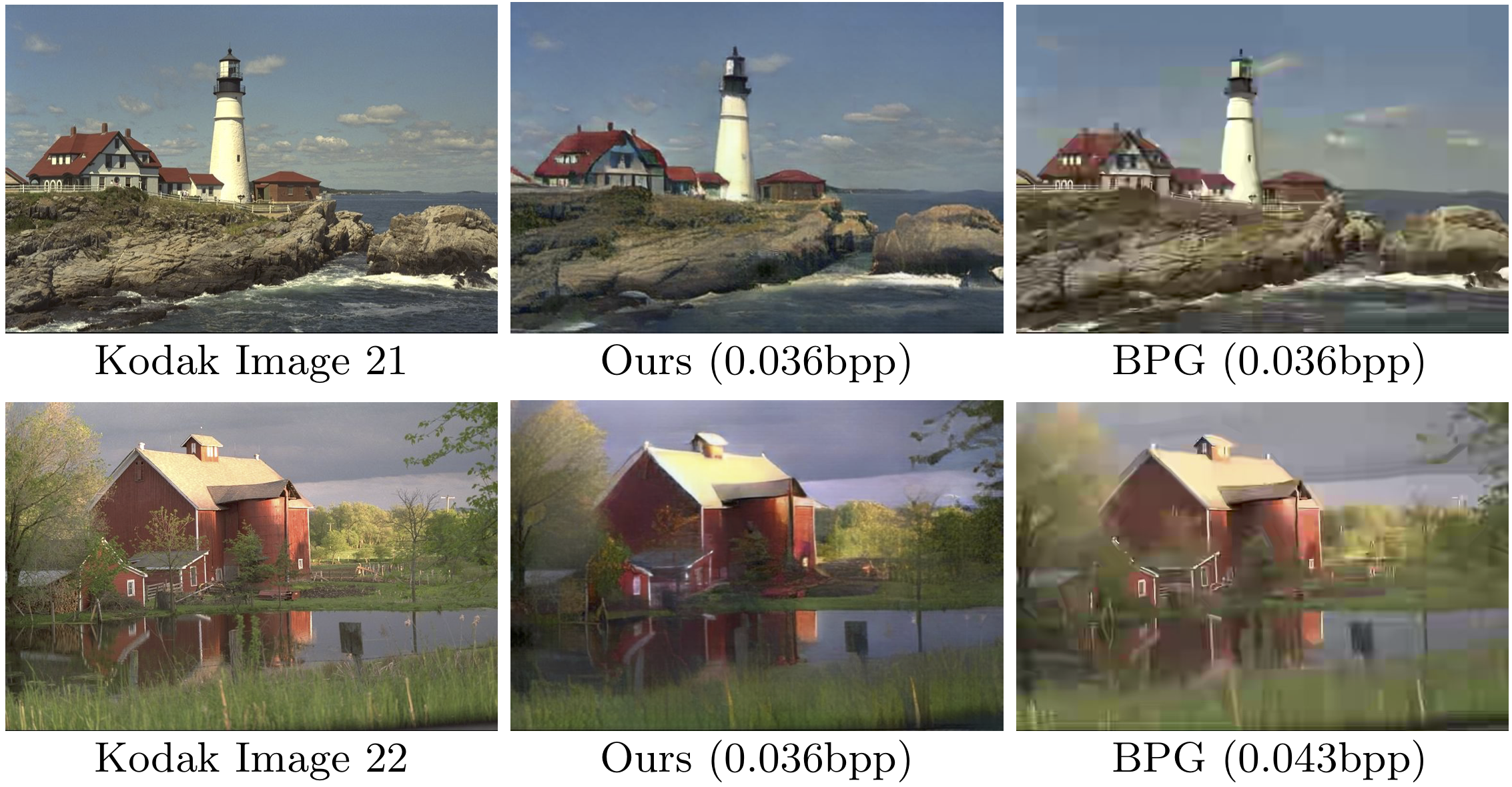TensorFlow Implementation for learned compression of images using Generative Adversarial Networks. The method was developed by Agustsson et. al. in Generative Adversarial Networks for Extreme Learned Image Compression. The proposed idea is very interesting and their approach is well-described.
The code depends on Tensorflow 1.8
# Clone
$ git clone https://github.com/Justin-Tan/generative-compression.git
$ cd generative-compression
# To train, check command line arguments
$ python3 train.py -h
# Run
$ python3 train.py -opt momentum --name my_networkTraining is conducted with batch size 1 and reconstructed samples / tensorboard summaries will be periodically written every certain number of steps (default is 128). Checkpoints are saved every 10 epochs.
To compress an image (coming soon).
# Compress
$ python3 compress.py -h # check arguments
$ python3 compress.py -i /path/to/image -r /path/to/model/checkpointThese globally compressed images are from the test split of the Cityscapes leftImg8bit dataset. The decoder seems to hallunicate greenery in buildings, and vice-versa.
| Input | Output (0.072 bpp) |
|---|---|
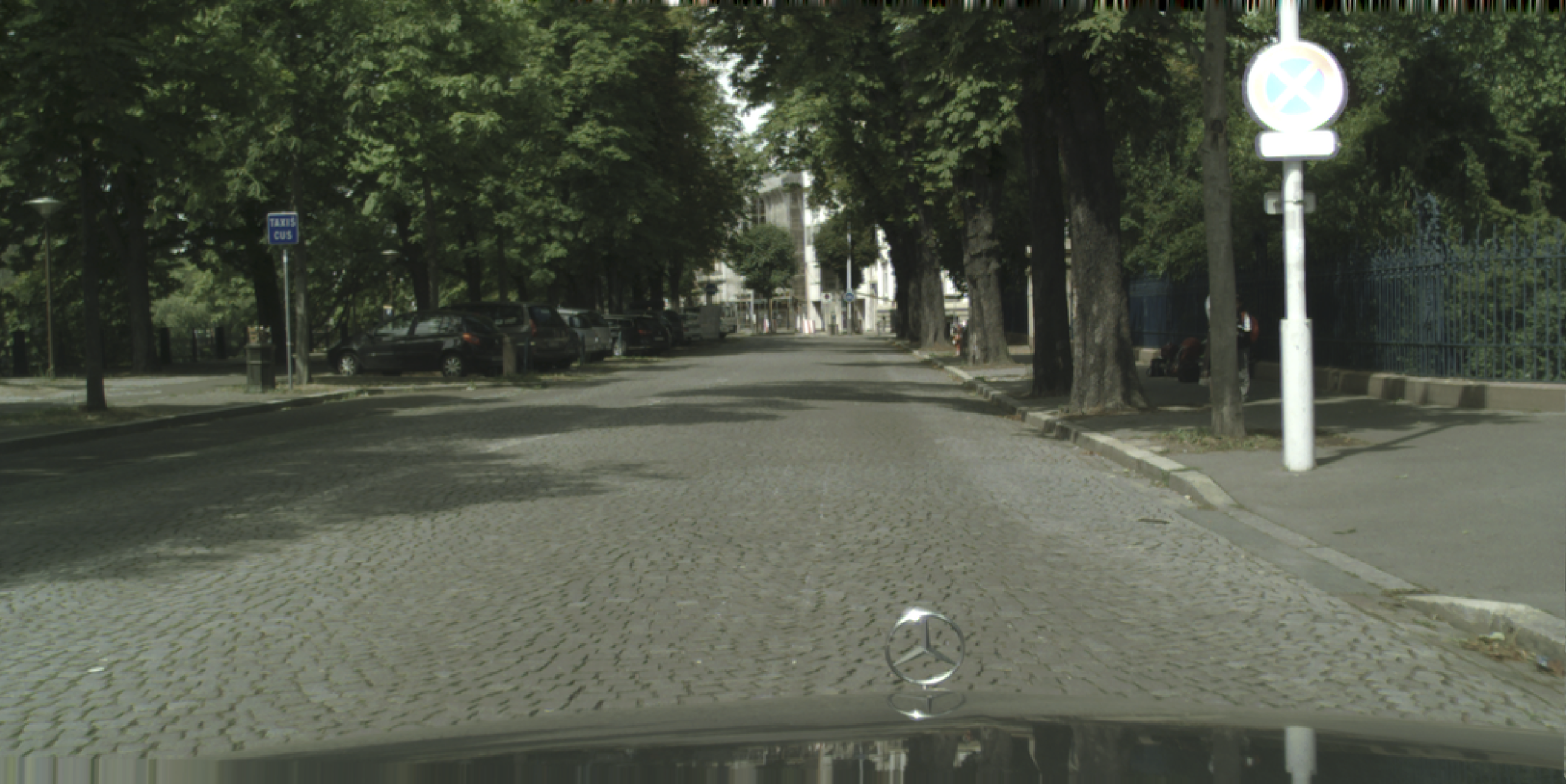 |
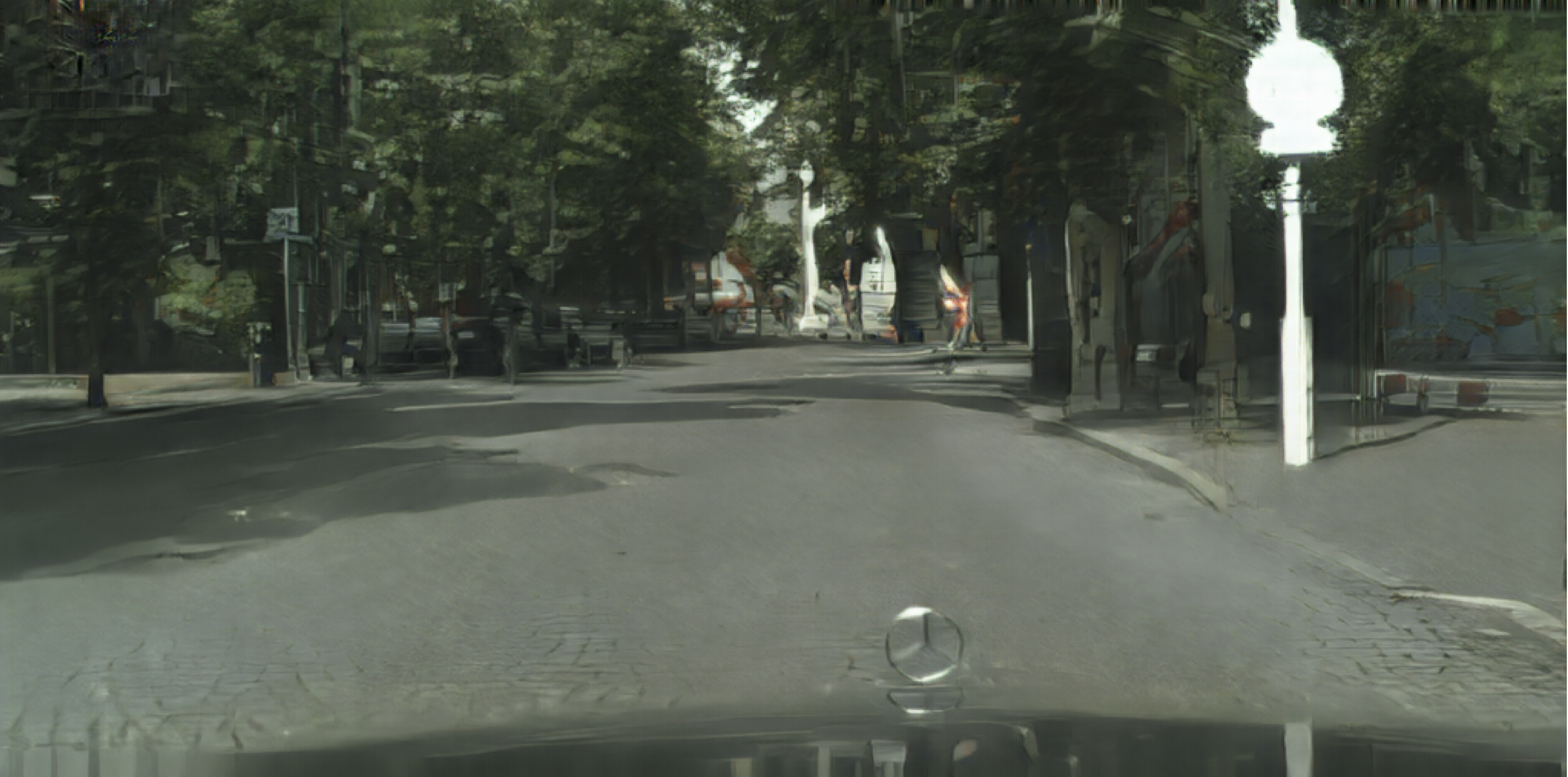 |
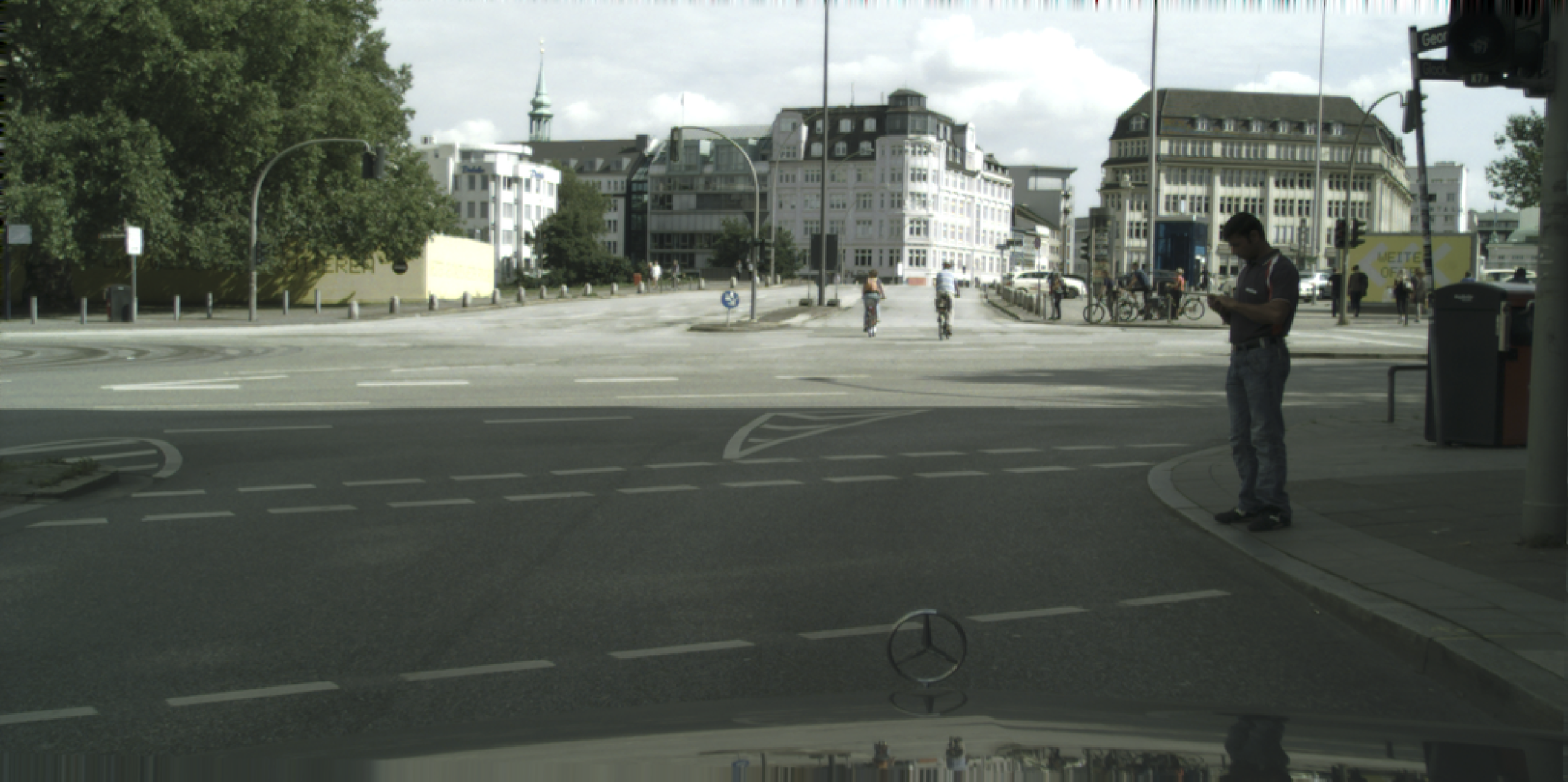 |
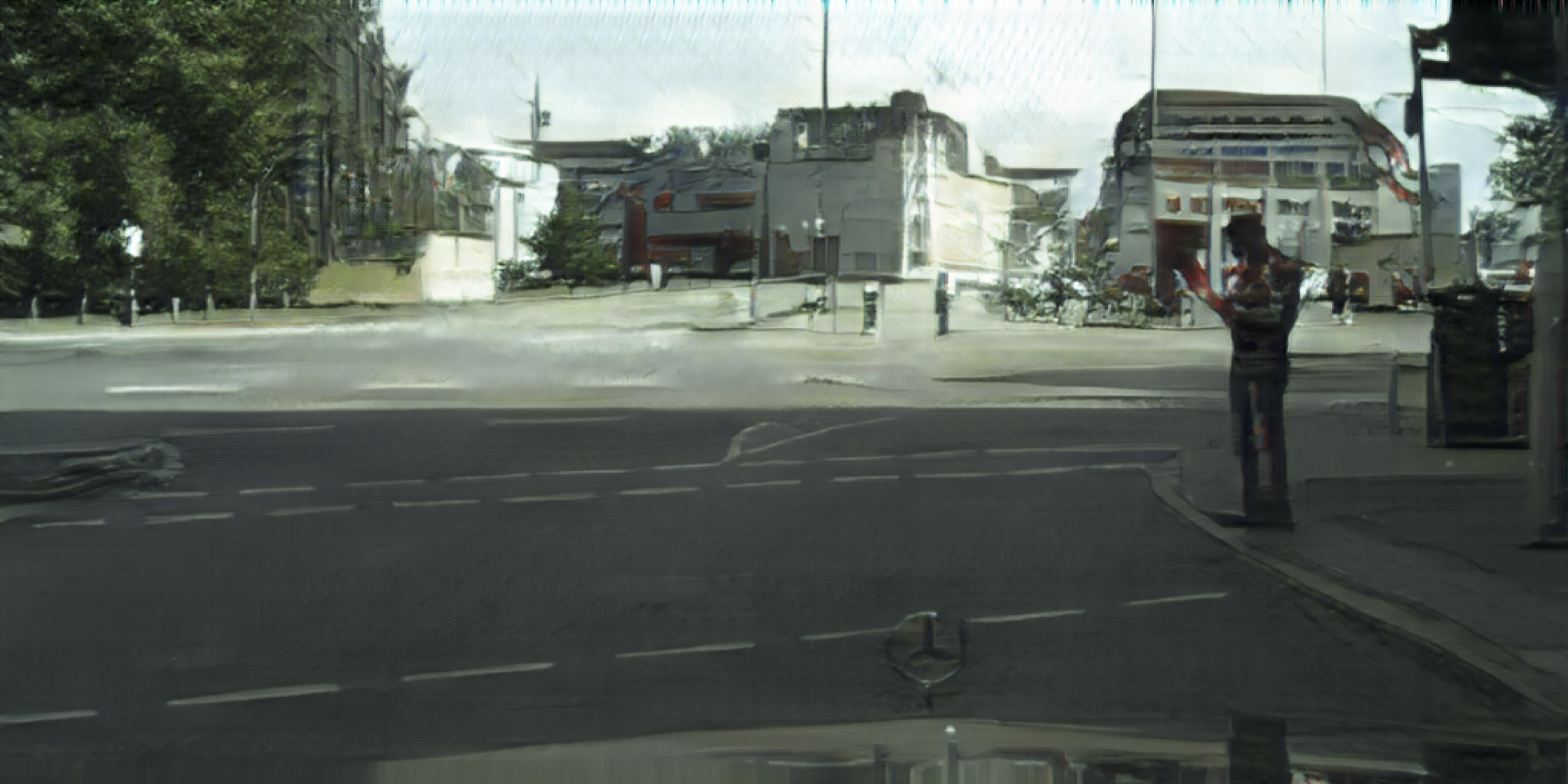 |
Show quantized C=4,8,16 channels image comparison
| Input | Output (0.072 bpp) |
|---|---|
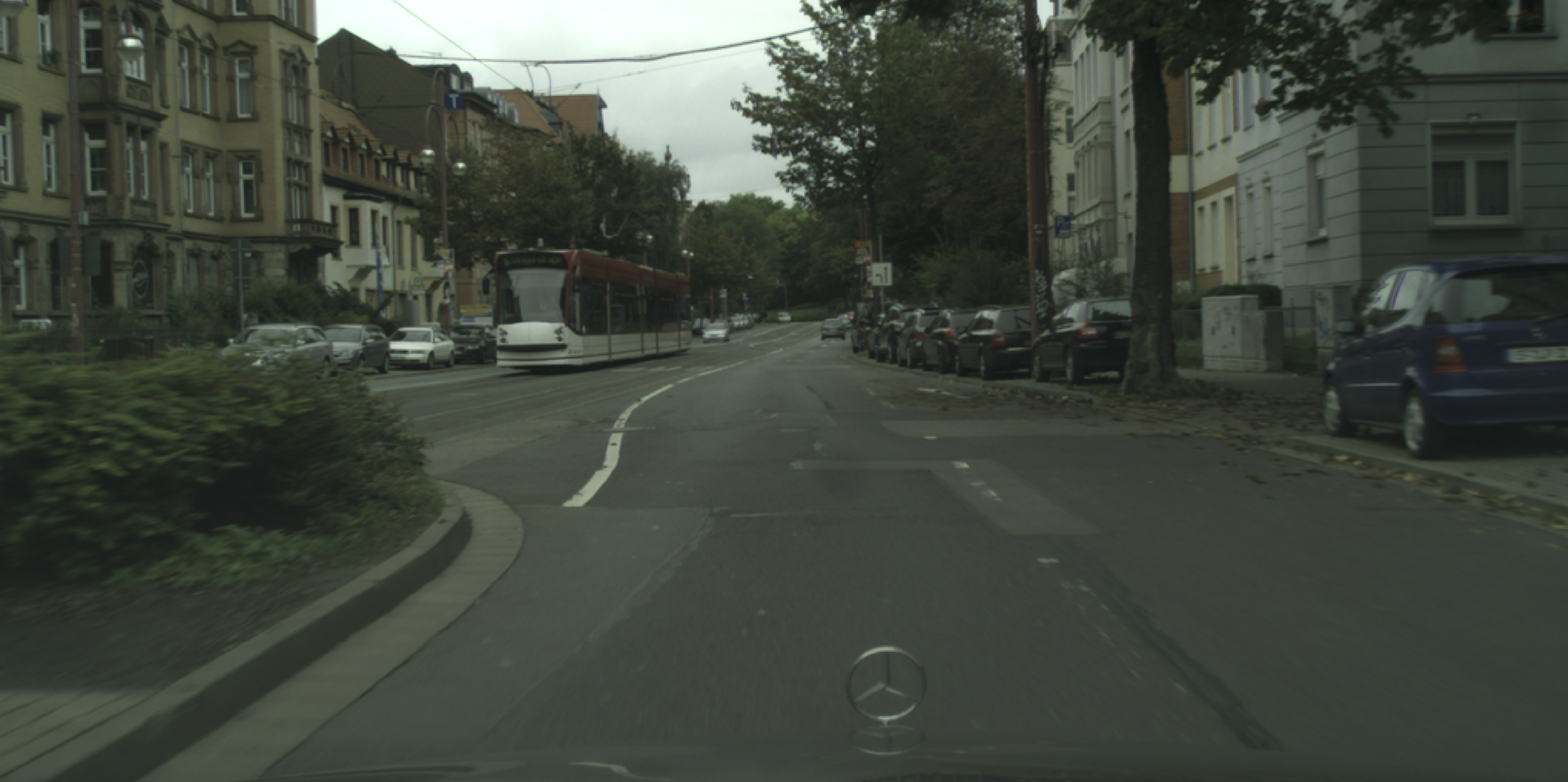 |
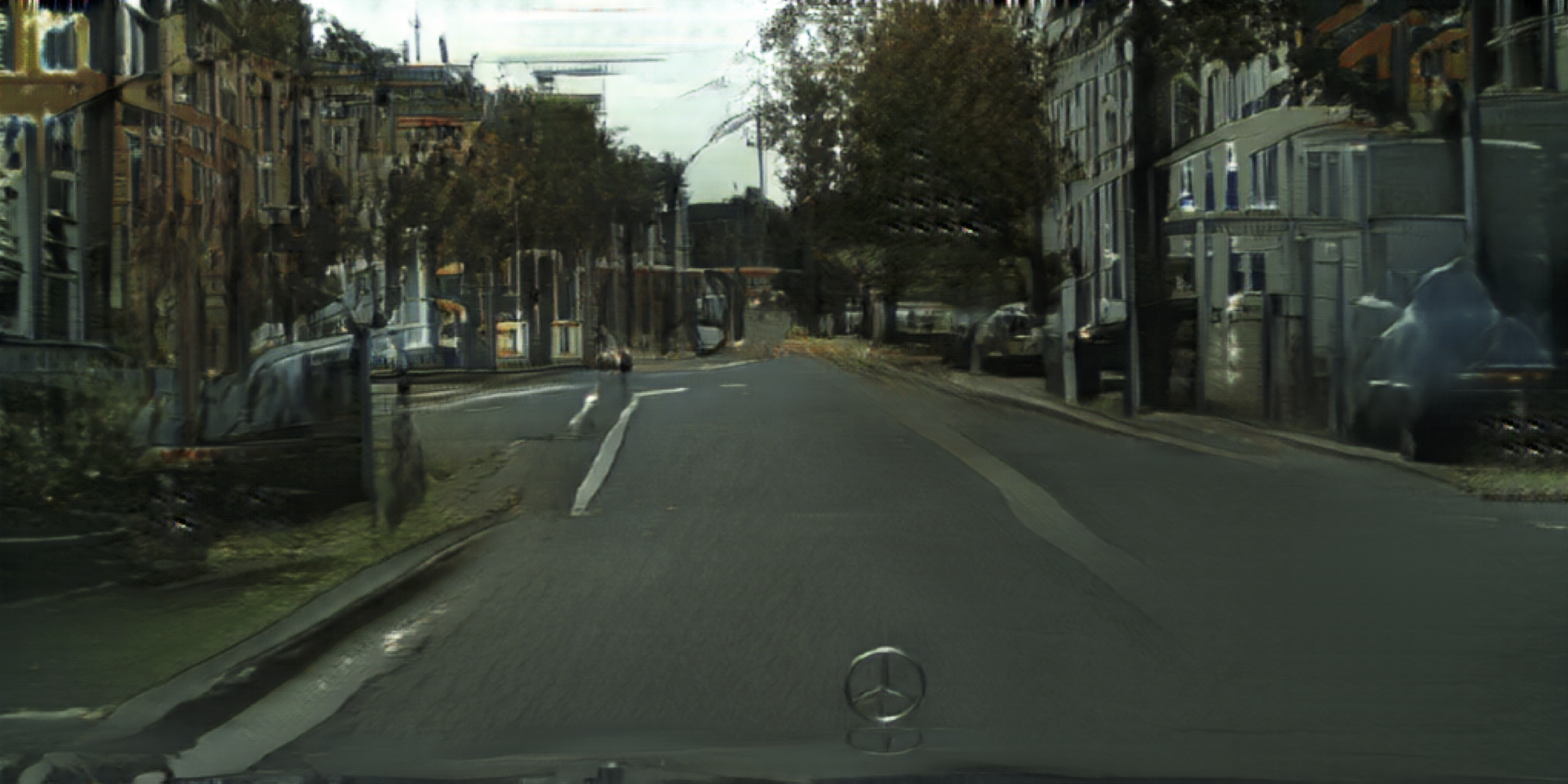 |
| Generator Loss | Discriminator Loss |
|---|---|
 |
 |
You can find pretrained models for global compression with a channel bottleneck of C = 8 (corresponding to a 0.072 bpp representation) and multiscale discriminator loss under <dropbox link here>. The model was trained for 64 epochs on the train split of the Cityscapes leftImg8bit dataset.
- Warning: Tensorflow 1.3 was used to train the models, but it appears to load without problems on Tensorflow 1.8.
The network architectures are based on the description provided in the appendix of the original paper, which is in turn based on the paper Perceptual Losses for Real-Time Style Transfer
and Super-Resolution The multiscale discriminator loss used was originally proposed in the project High-Resolution Image Synthesis and Semantic Manipulation with Conditional GANs, consult network.py for the implementation. If you would like to add an extension you can write a new @staticmethod under the Network class, e.g.
@staticmethod
def my_generator(z, **kwargs):
"""
Inputs:
z: sampled noise
Returns:
upsampled image
"""
return tf.random_normal([z.get_shape()[0], height, width, channels], seed=42)To change hyperparameters/toggle features use the knobs in config.py. (Bad form maybe. but I find it easier than a 20-line argparse specification).
Training was done using the ADE 20k dataset and the Cityscapes leftImg8bit dataset. In the former case images are rescaled to width 512 px, and in the latter images are resampled to [512 x 1024] prior to training. In each case, you will need to create a Pandas dataframe containing a single column: path, which holds the absolute/relative path to the images. This should be saved as a HDF5 file, and you should provide the path to this under the directories class in config.py. Examples for the Cityscapes dataset are provided in the data directory.
- Python 3.6
- Pandas
- TensorFlow 1.8
- Incorporate GAN noise sampling into the reconstructed image. The authors state that this step is optional and that the sampled noise is combined with the quantized representation but don't provide further details. Currently the model samples from a normal distribution and upsamples this using a DCGAN-like generator (see
network.py) to be concatenated with the quantized image representationw_hat, but this appears to substantially increase the 'hallunication factor' in the reconstructed images. - Integrate VGG / feature-matching losses.
- Extend to selective compression using semantic maps (contributions welcome).
